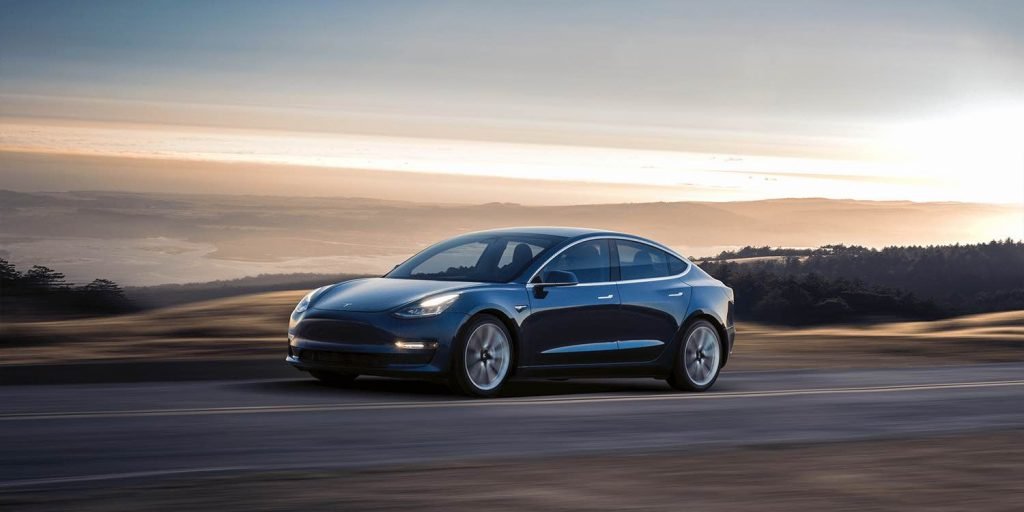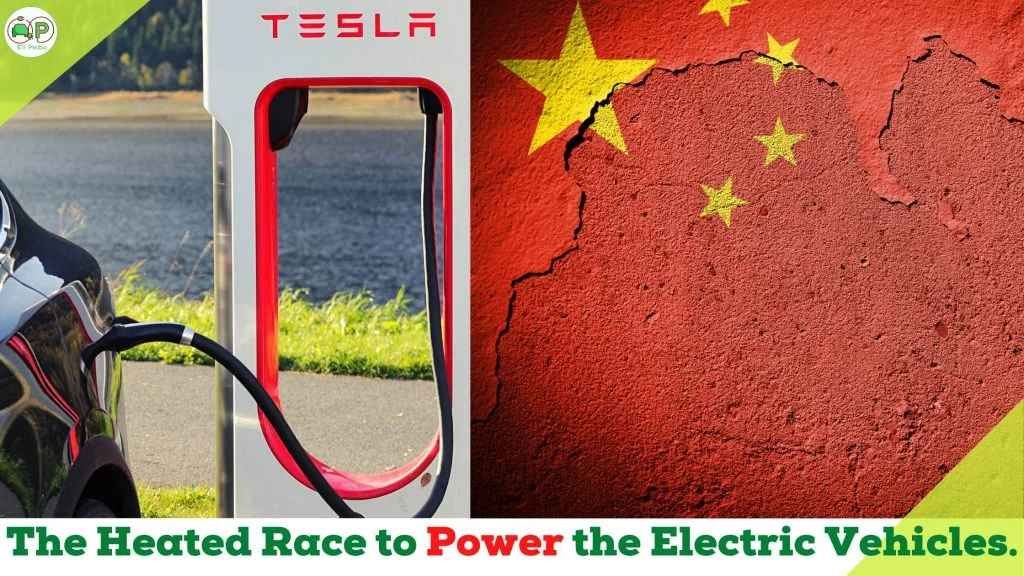Due to the different battery technologies, we tend to see different types of electric vehicles This trend was set by US-based electric automaker Tesla for a few years as they capture 16% of the plug-in market and 23% battery-electric market. As per Yang Jie at Wall Street Journal, “A less-expensive battery technology championed by Tesla Inc.’s Elon Musk rose to dominate the world’s largest auto market last year.”
These batteries are lithium-iron-phosphate batteries — and are known as LFP batteries. Yang Jie continues, “One of the strongest advocates is Tesla’s Mr Musk, who has said that finding enough nickel at a reasonable cost is a major production concern.”
“Our intent with this pack is that product experience is roughly equivalent between nickel & iron,” Elon Musk commented on Twitter in August 2020 to a customer who was offered earlier delivery of Tesla car if he chooses the LFP option. “I’d personally slightly opt for the iron pack, as it wants to be charged to 100% whereas nickel prefers ~90%,”.

“Tesla first used LFP batteries for its China-made Model 3 in 2020. Last October, the company said it would extend the use of iron-based batteries to all of its standard-range cars. China’s Contemporary Amperex Technology Co., the world’s biggest maker of electric-vehicle batteries, supplies Tesla with LFP batteries,” posts Wall Street Journal.
It needs to be noted that LFP battery packs are at least 20% cheaper per kWh than nickel-based battery packs. Also, the LFP cathodes tend to have no mineral supply constraints or price spikes compared to nickel cells. Hence the LFP battery packs are gaining much popularity among electric vehicle manufacturers.
Here is what Elon said during Q2 2020 of Tesla Earning’s meet: “The real limitation on Tesla growth is cell production at an affordable price, that’s the real limit, so that’s why we’re going to talk a lot more about this on battery day because this is the fundamental scaling constraint.”
“There are two general classes of the cell, there’s iron phosphate [LFP] and then the nickel-based. Nickel-based cells have higher energy density so longer range obviously those are needed for something like the Semi where every unit of mass that you add in battery pack you have to subtract in cargo. So it’s very important to have a mass efficient and long-range pack.”
“However, what we’re seeing with our passenger vehicles is that total vehicle efficiency has gotten good enough that we actually are comfortable having an LFP pack in Model 3 in China, and that will be in volume production later this year. So we think that getting a range that is in the high 200s… you probably get a range of almost 300 miles, with an iron phosphate pack, taking into account a whole bunch of powertrain and other vehicle efficiencies.”
Meanwhile, “Other Chinese electric vehicle brands are also becoming heavy users of LFP.” In fact, China’s EV brands have wholeheartedly embraced LFP, “not only because of the cost but also because the batteries are less likely to catch fire,” translating to a better safety profile, according to Wall Street Journal. In comparison, the adoption of LFP in China has been swift.
Here is a small stat. “Batteries using lithium iron phosphate or LFP technology accounted for 57% of total battery production for vehicles in China during 2021, up from less than half the previous year. The LFP batteries have stormed into the lead in China because they use relatively inexpensive iron in the battery’s cathode in place of costlier metals such as nickel,” says Yang Jie.
Although Tesla’s decision to use LFP batteries has been embraced with Chinese EV brands, the traditional automotive makers aren’t as successful. According to reports “they generally haven’t gotten as far as Tesla and Chinese makers in bringing the technology into mass-market production.”
It’s that simple: LFP is by far the most cost-effective and flexible (in manufacturing volume) battery chemistry for electric vehicles available for the near future. It’s around 20% cheaper ($/kWh) on the level of the pack than nickel-cobalt batteries. If LFP is the best technology that is compatible with Tesla’s high selling vehicles it would be absurd for Tesla not to utilize LFP.
It’s true that LFP doesn’t have the most energy density. However, it’s not able to boast the reputation of being the most beautiful or attractive battery technology available. However, don’t let the appearance deceive you. It is precisely LFP’s low-cost and potential massive scale of production it is the EV revolution required to take over combustion engines in vehicles. Also, the death of an internal combustion engine in a time of global warming as well as pollution and a dysfunctional fossil fuel political system is as sexy as it gets.
Interested to learn more about electric vehicle batteries? Check this article.

